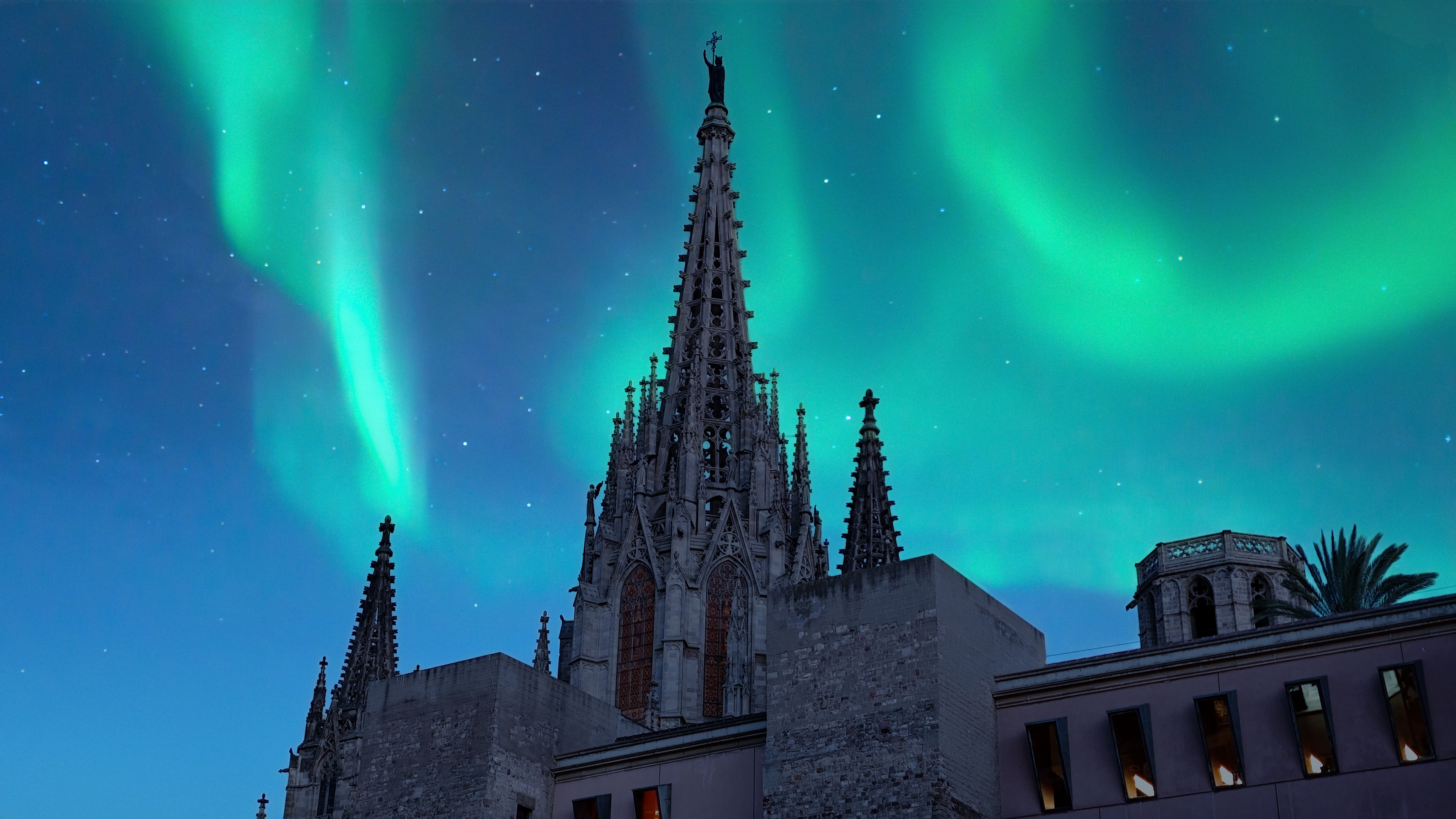
Seeing the Northern Lights is a big deal for me. It equates for 50% of my personal bucket list, in fact. But the sheer cost and effort involved to get far enough North – coupled with the chance of not even seeing anything once you get there – makes any such trek quite a daunting task.
Fortunately, this is 2024. Modern technology has come a long, long way – far enough, it seems, to defy the laws of physics itself. Yes, dear reader, what you see above is the evening sky over the Catedral de Barcelona at MWC 2024 – complete with the swirling majesty of the Aurora Borealis.
It's not real – obviously – but rather the work of the AI photo editing capabilities built into the Xiaomi 14 series. The brand showed off a host of AI technology at the event, including some scarily good generative AI.
This is a little less dramatic, though, offering a suite of different editing capabilities. That includes the ability to remove objects, add frames or artificial bokeh, and change the sky.
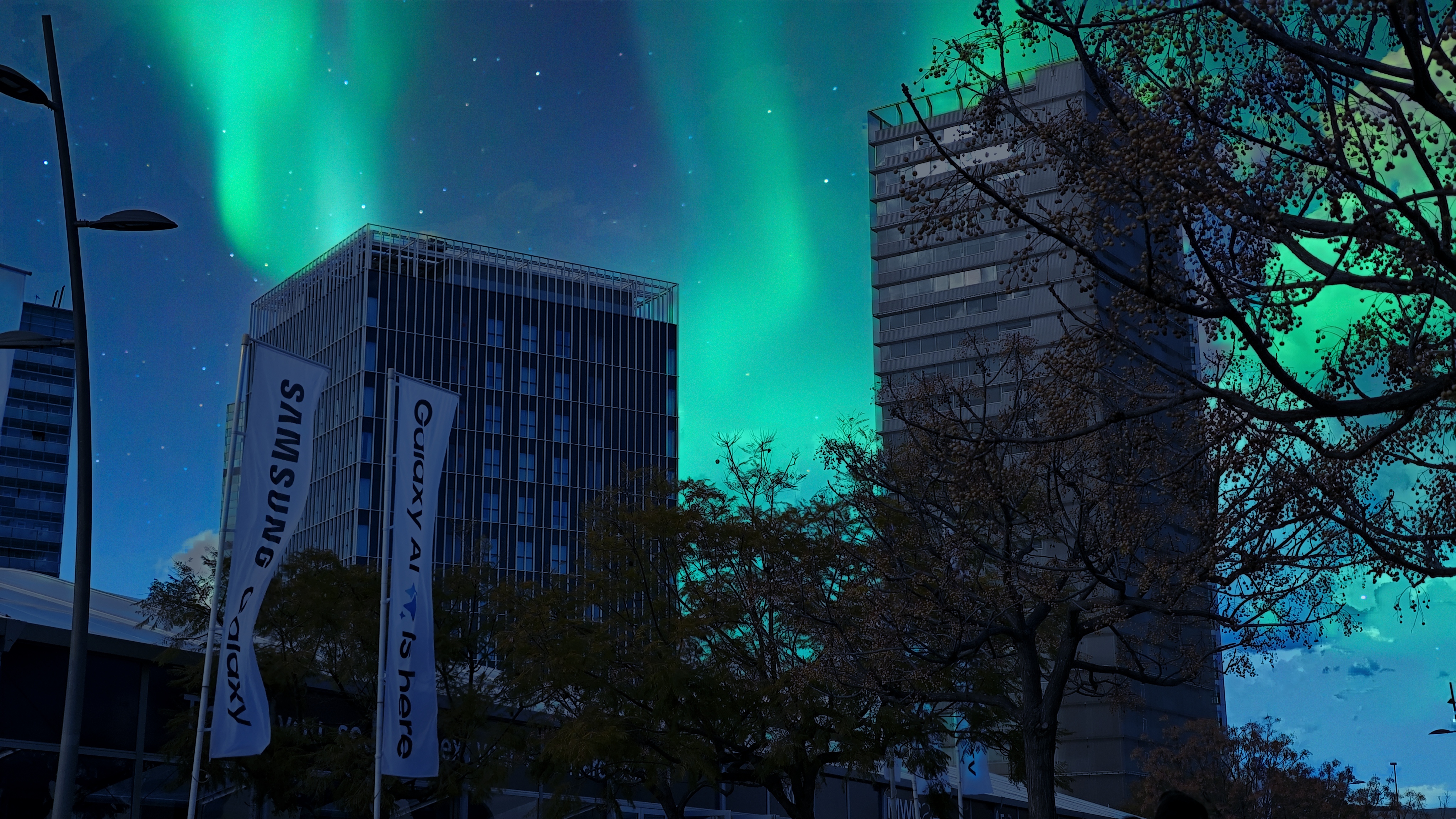

So, is it any good? Well, yes. I tested it on a range of different images, and each of them picked out the sky and left behind any other subject matter, with a really high degree of accuracy.
The AI even adjusts the building brightness, to account for the time of day. All of these shots were taken in sunlight, for example, but are darkened to simulate the night time lighting conditions.
In fact, the only image where I saw it trip up was taken from a plane window. There, the sky occupied the top half of the frame, and the bottom half was filled with clouds and a little of the wing. The AI removed the clouds too, which is probably more accurate, though not what I had hoped for.
Okay, that's slightly untrue actually – it's not the only time it tripped up. Because, if you look at the three images used in this article, you'll notice that they're all the same sky. That becomes a little bit of a tell once you see more than one at a time – though in isolation, it probably wouldn't be too much of an issue.
There is one model on the system which changes though. Opting for the 'Clear Day' setting shows an AI symbol over the top. Each time you select this, a newly generated sky will be used. If this can reach the other options, it could be a game changer.
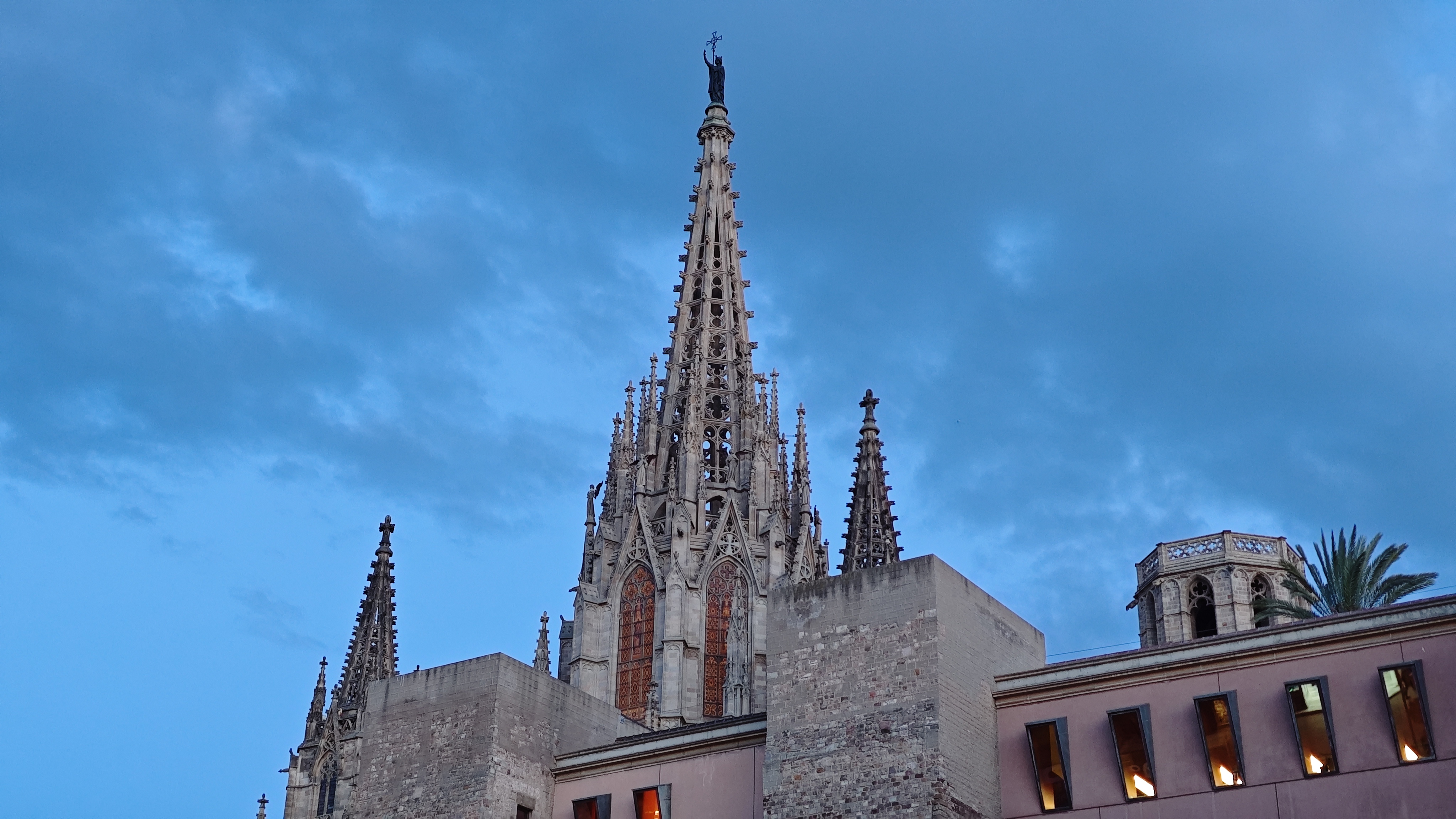


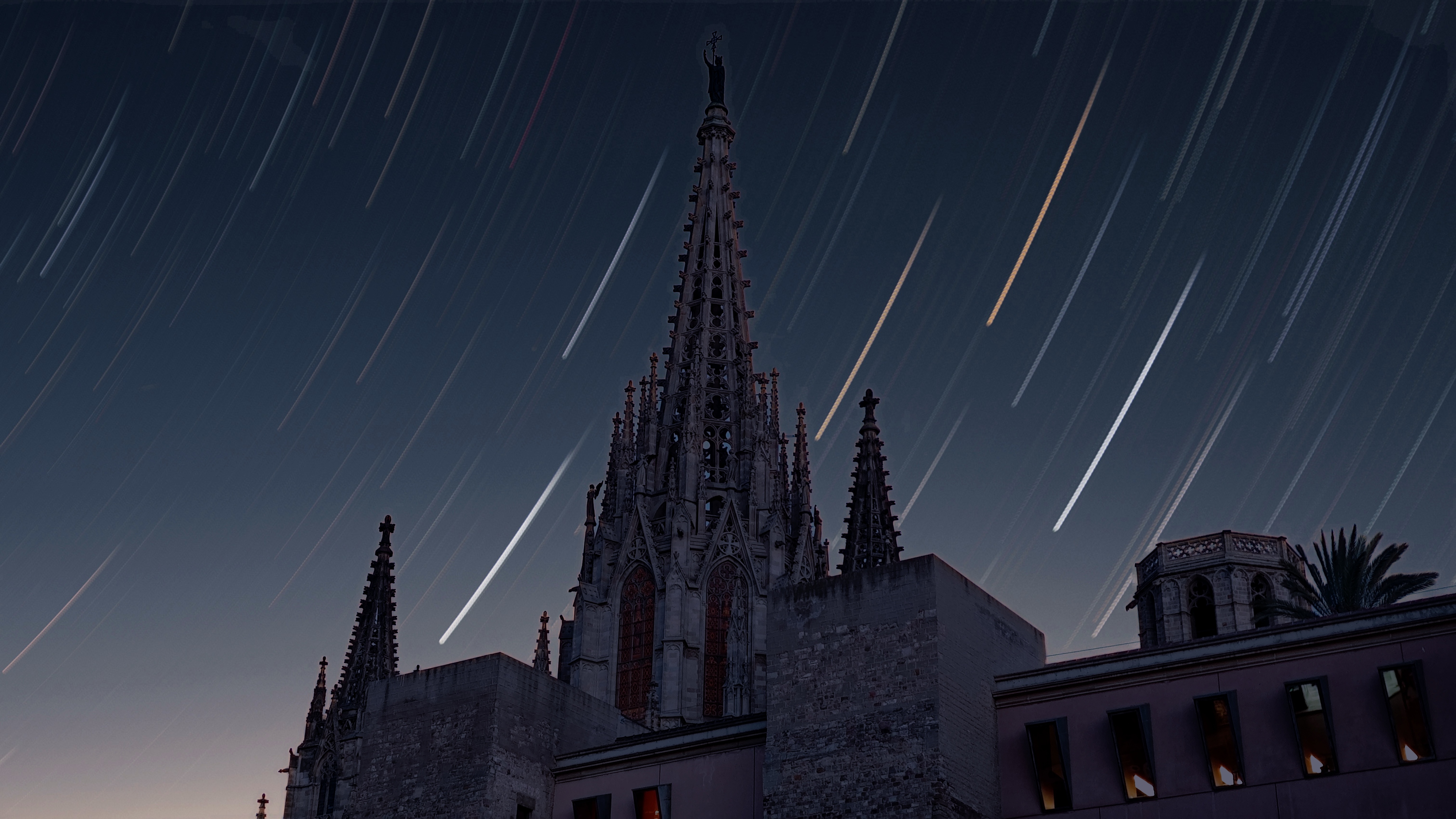
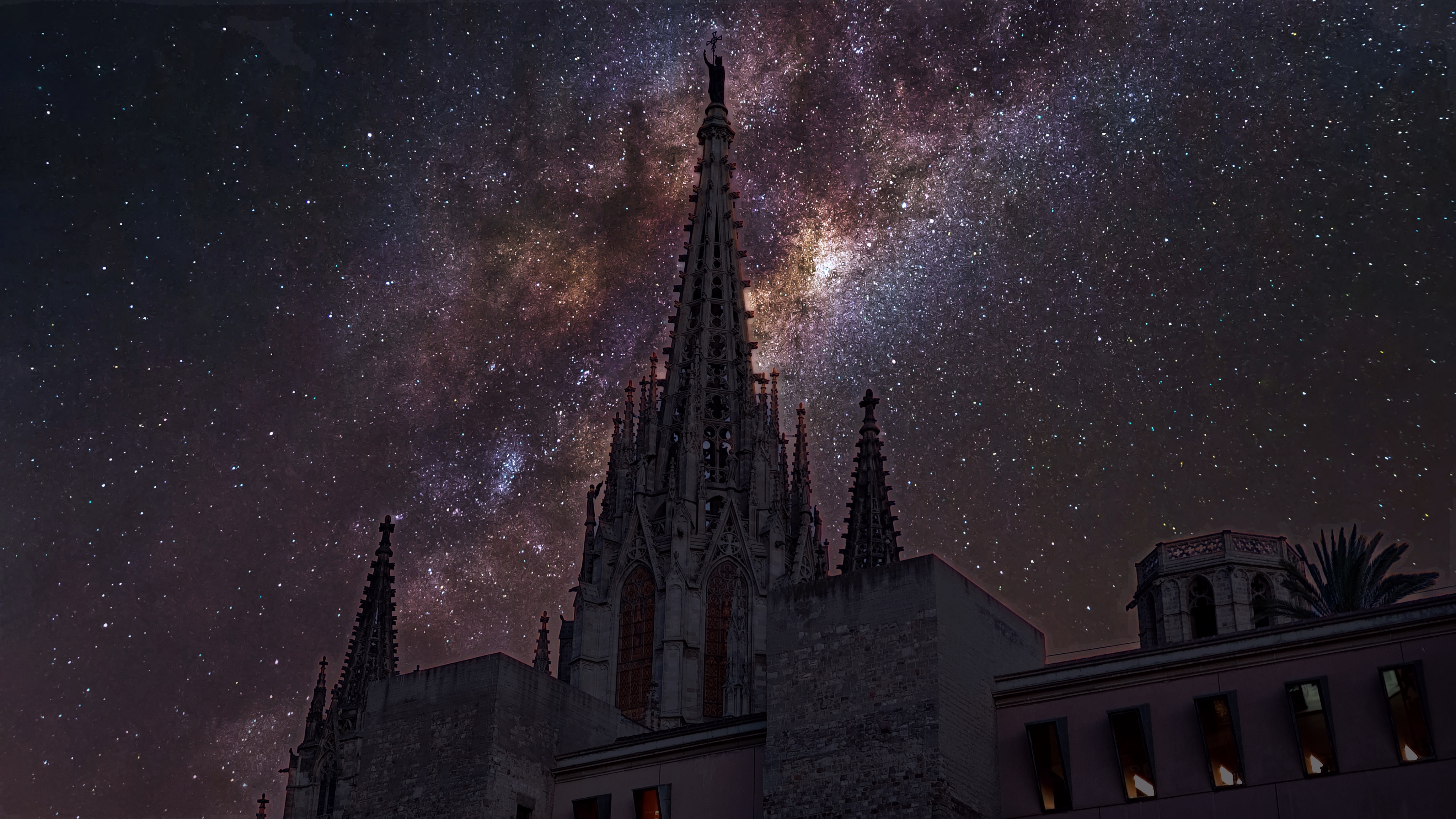
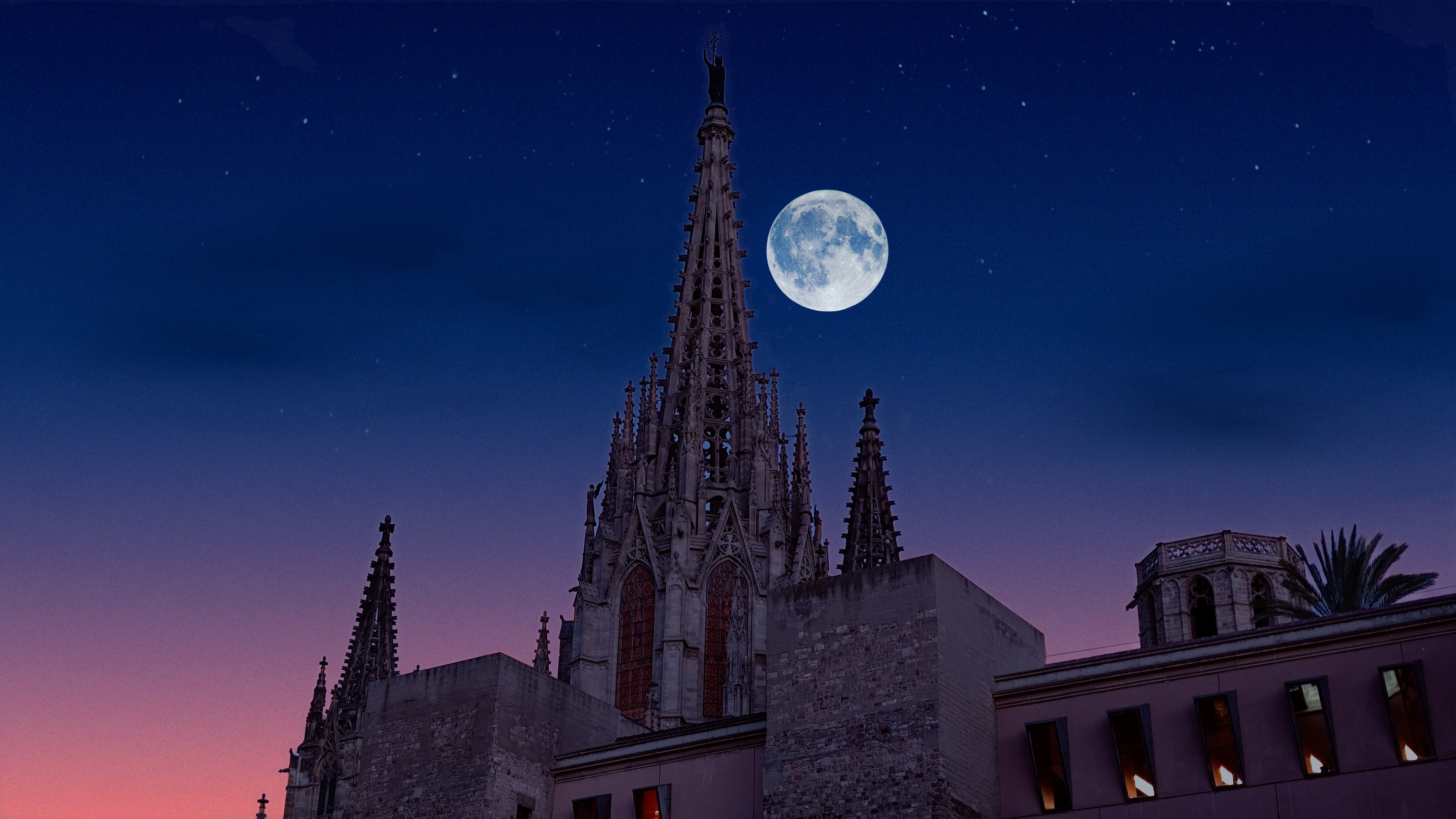

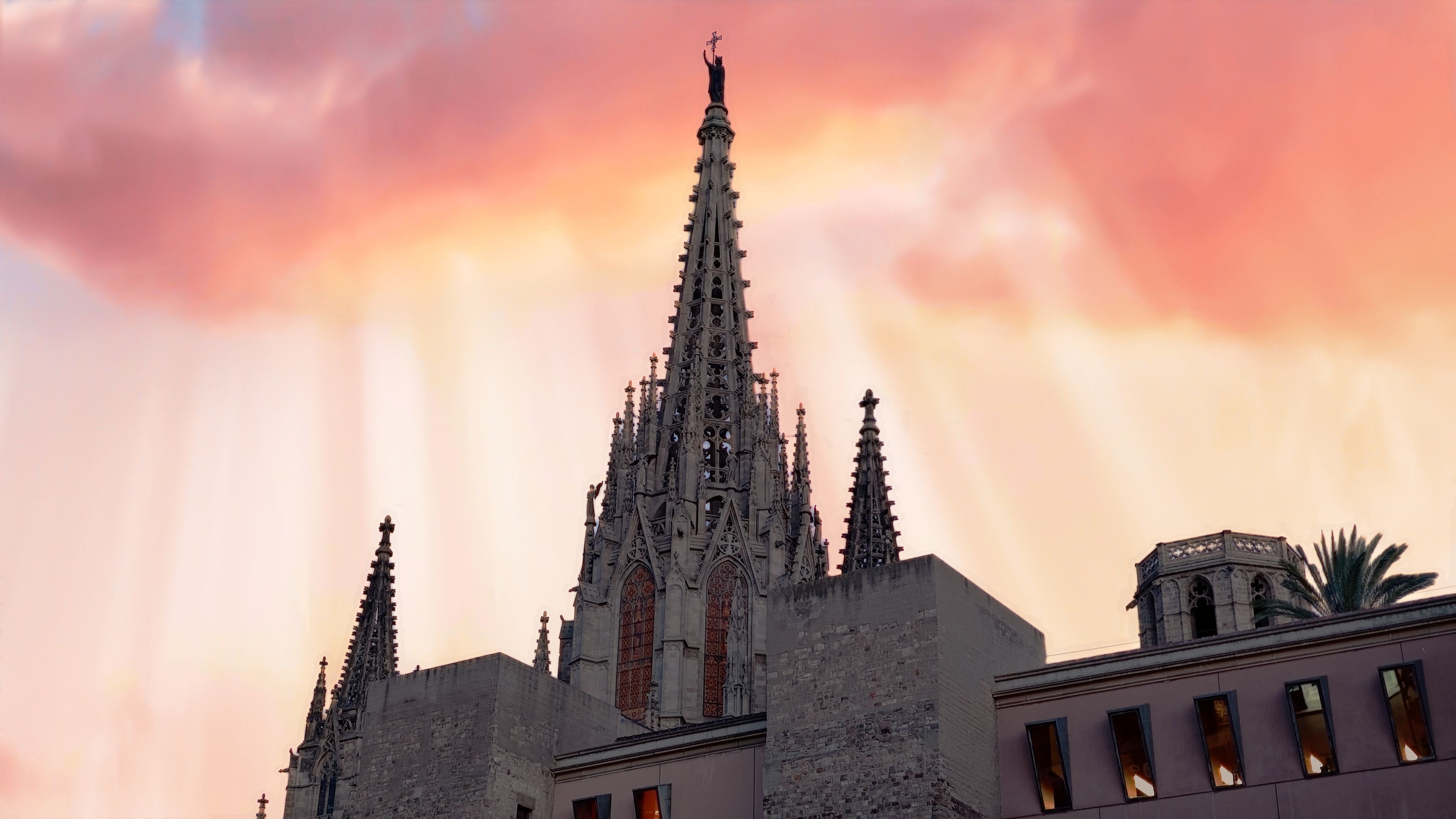

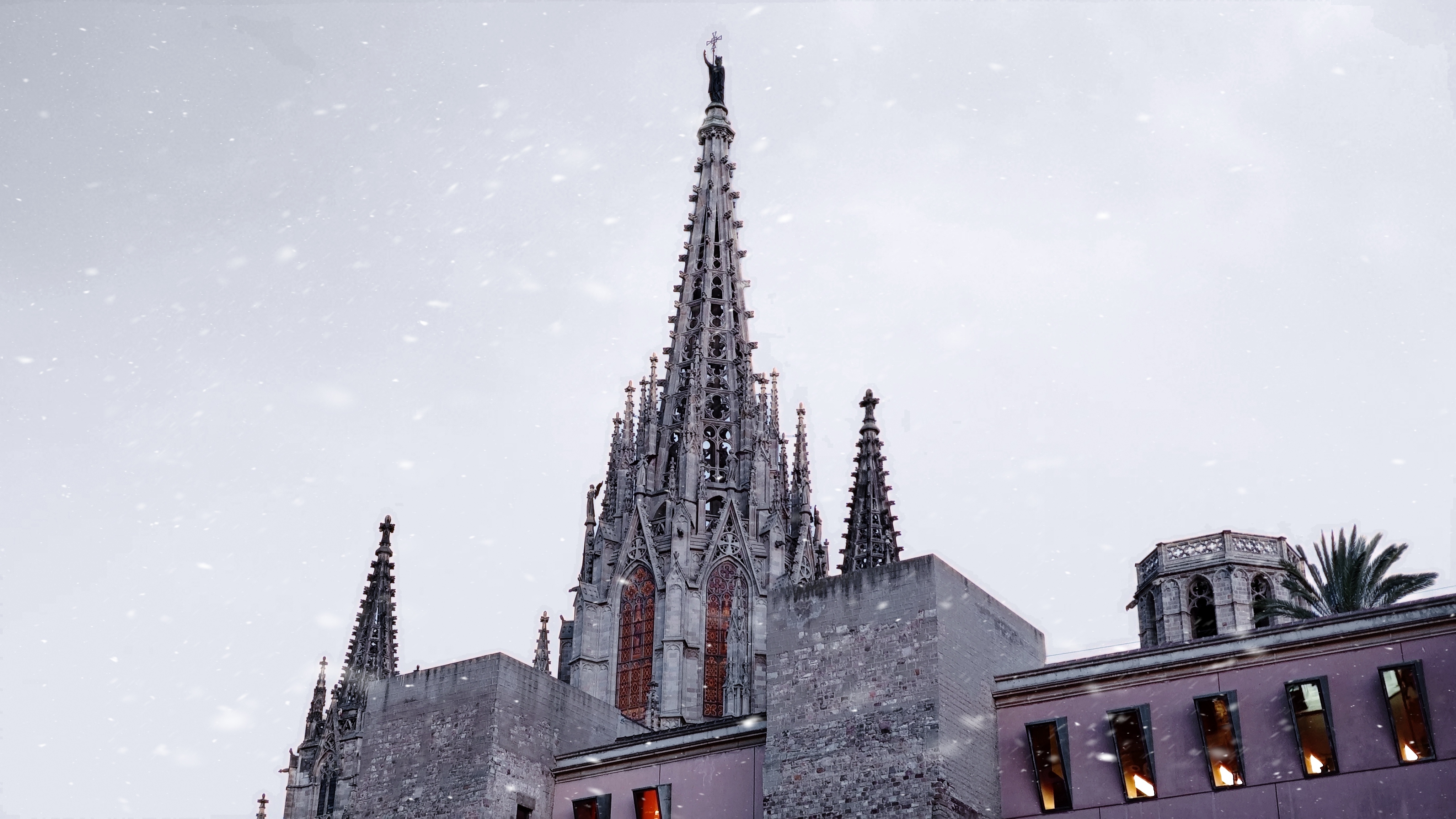
Oh, and don't worry if you're not such a fan of the Northern Lights. There are a whole host of different sky options on offer, which can be selected. See the gallery above for a taste of those.
All in all, it's a really cool feature to have. While AI can certainly be problematic, changing the background on images is likely to be a relatively tame use case. It could be used to help people craft nicer images in settings they wouldn't get to see otherwise – and that's a lot of fun.







